Blastocyst Culture - Best Time For Embryo Transfer - Fifth Day Embryo Transfer
In each IVF cycle, the fertilized egg will pass through different stages of division in the lab, and it continues these divisions inside the uterus after it is transferred to the uterus.
Usually, the egg is fertilized, either by in vitro fertilization (IVF) or by intra cytoplasm sperm injection (ICSI), and then it is left to undergo the stages of division.
In the first three days of fertilization, the fertilized egg is divided up to (4-8) cells that will be transferred inside the uterus and it is now known as the embryo. After that, no one can guess if that embryo will continue its divisions, and then to be implanted in the endometrium, (the inner wall of the uterus). After the first 3 days, (stage of 4-8 cells), the number of cells will be increased and there will be thinning in the wall of the fertilized egg that will increase its ability for implantation. And that is what happens inside the uterus. But, in special cases, the fertilized egg will not be transferred to uterus at that stage but will be left in the lab to continue its division under the supervision of a lab technician, so its ability for division can be observed. The embryo will not be transferred until it divides up to the blastocyst stage, and the embryos at that stage have the best chances for implantation and success.
What are the factors that should be taken in to consideration to decide the time of embryo transfer, at the 2nd or 3rd day (stage of 4-8 cells), or to be transferred at 5th or 6th day (stage of Blastocyst)?
- The number of IVF trials (in the cases of recurrent IVF failures, the embryo is usually transferred at the stage of blastocyst)
- The number of embryos ( the chance to transfer the embryo at the level of blastocyst is limited as the number of embryos is less)
- The quality of embryos ( only the embryos of good quality at the 3rd day can be left to reach the blastocyst stage)
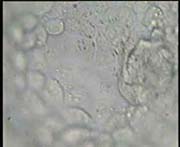
Inner Cell Mass of Blastocyst
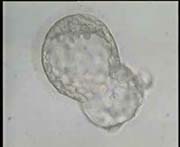
Magnified Hatching Blastocyst
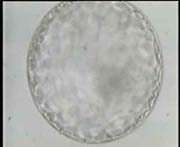
Magnified Expanded Blastocyst with clear Inner Cell Mass
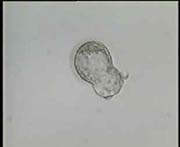
Hatching Blastocyst
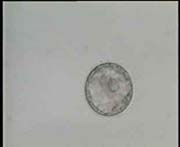
Expanding Blastocyst
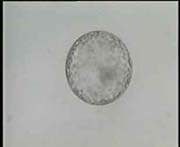
Less magnified Expanded Blastocyst
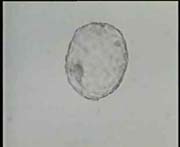
Completely Hatched Blastocyst
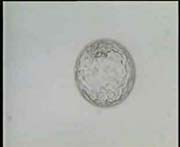
Expanded Blastocyst with clear inner cell mass
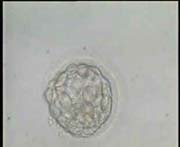
Early expanding Blastocyst
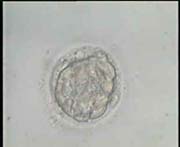
Compacted to Early Blastocyst
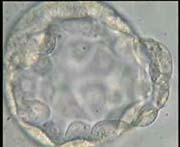
Blastocyst with very clear Inner Cell Mass
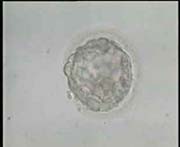
Early expanding Blastocyst
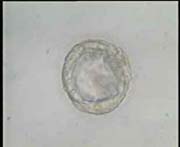
Blastocyst with different grading
The advantages of transferring the embryos at blastocyst stage are:
- The ability to choose the best embryos to be transferred.
- Increase the chance of implantation and occurrence of pregnancy.
- Decrease the incidence of multiple pregnancies as the number of embryos to be transferred is limited.
- The ability to do prenatal screening at day 5 (to determine the health and condition of an embryo before its transfer) to avoid transfer of abnormal embryo.
- The waiting period to test for pregnancy is less.
The disadvantage of transferring the embryos at blastocyst stage:
Sometimes the embryos will not be able to continue their divisions either due factors related to the embryos ( weak embryos or embryos of poor quality), or because they can't continue their divisions outside the uterus due to the natute of the media that is used in the lab and because of that, the trial of IVF may end without transfer of embryos and that will not be accepted by the couples, therefore the decision should be taken by the doctor after discussing it with the responsible person in the lab and this decision should be discussed also by the couples.
Videos Showing Blastocyst culture
Blastocyst culture
Blastocyst culture
Video Highly expanded blastocyst showing inner cell mass and thinning of the EP
Video Hatched blastocyst showing the empty zona with few blastomeres were not compacted
Dr Najeeb Layyous F.R.C.O.G
Consultant Obstetrician, Gynecologist and Infertility Specialist







 Pregnancy Due Date Calculator
Pregnancy Due Date Calculator
 Chinese Gender Predictor
Chinese Gender Predictor
 Ovulation Calculator
Ovulation Calculator
 IVF Due Date Calculator
IVF Due Date Calculator
